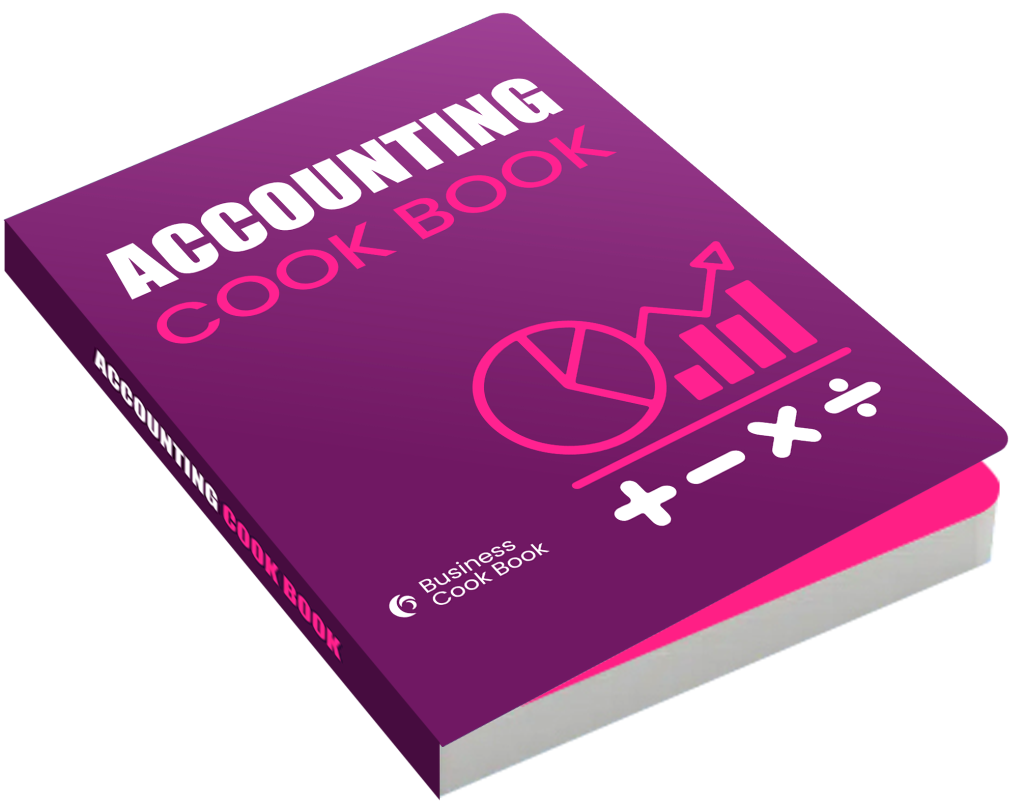Table of content
PART I General Analytical Techniques
CHAPTER 1 THE STRUCTURAL ANALYSIS OF INDUSTRIES
1.1 Structural Determinants of the Intensity of Competition
1.2 Structural Analysis and Competitive Strategy
1.3 Structural Analysis and lndustry Definition
CHAPTER 2 GENERIC COMPETITIVE STRATEGIES
2.1 Three Generic Strategies
2.2 Stuck in the Middle
2.3 Risks of the Generic Strategies
CHAPTER 3 A FRAMEWORK FOR COMPETITOR ANALYSIS
3.1 The Components of Competitor Analysis
3.2 Putting the Four Components Together-The Competitor Response Profile
3.3 Competitor Analysis and Industry Forecasting
3.4 The Need for a Competitor Intelligence System
CHAPTER 4 MARKET SIGNALS
4.1 Types of Market Signals
4.2 The Use of History in Identifying Signals
4.3 Can Attention to Market Signals Be a Distraction?
CHAPTER 5 COMPETITIVE MOVES
5.1 lndustry Instability: The Likelihood of Competitive Warfare
5.2 CompetitiveMoves
5.3 Commitment
5.4 Focal Points
5.5 A Note on Information and Secrecy
CHAPTER 6 STRATEGY TOWARD BUYERS AND SUPPLIERS
6.1 Buyer Selection
6.2 Purchasing Strategy
CHAPTER 7 SRUCTURAL ANALYSIS WITHIN INDUSTRIES
7.1 Dimensions of Competitive Strategy
7.2 Strategic Groups
7.3 Strategic Groups and a Firm’s Profitability
7.4 Implications for Formulation of Strategy
7.5 The Strategic Group Map as an Analytical Tool
CHAPTER 8 INDUSTRY EVOLUTION
8.1 Basic Concepts in lndustry Evolution
8.2 Evolutionary Processes
8.3 Key Relationships in lndustry Evolution
PART II Generic Industry Environments
CHAPTER 9 COMPETITIVE STRATEGY IN FRAGMENTED INDUSTRIES
9.1 What Makes an lndustry Fragmented?
9.2 Overcoming Fragmentation
9.3 Coping with Fragmentation
9.4 Potential Strategic Traps
9.5 Formulating Strategy
CHAPTER 10 COMPETITIVE STRATEGY IN EMERGING INDUSTRIES
10.1 The Structural Environment
10.2 Problems Constraining lndustry Development
10.3 Early and Late Markets
10.4 Strategic Choices
10.5 Techniques for Forecasting
10.6 Which Emerging lndustries to Enter
CHAPTER 11 THE TRANSITION TO INDUSTRY MATURITY
11.1 Industry Change during Transition
11.2 Some Strategic Implications of Transition
11.3 Strategic Pitfalls in Transition
11.4 Organizational Implications of Maturity
11.5 lndustry Transition and the General Manager
CHAPTER 12 COMPETITIVE STRATEGY IN DECLINING INDUSTRIES
12.1 Structural Determinants of Competition in Decline
12.2 Strategic Alternatives in Decline
12.3 Choosing a Strategy for Decline
12.4 Pitfalls in Decline
12.5 Preparing for Decline
CHAPTER 13 COMPETITION IN GLOBAL INDUSTRIES
13.1 Sources and Impediments to Global Competition
13.2 Evolution to Global lndustries
13.3 Competition in Global lndustries
13.4 Strategic Alternatives in Global lndustries
13.4 Trends Affecting Global Competition
PART III Strategic Decisions
CHAPTER 14 THE STRATEGIC ANALYSIS OF VERTICAL INTEGRATION 300
14.1 Strategic Benefits and Costs of Vertical lntegration
14.2 Particular Strategic Issues in Forward lntegration
14.3 Particular Strategic Issues in Backward lntegration
14.4 Long-Term Contracts and the Economics of Information
14.5 Illusions in Vertical lntegration Decisions
CHAPTER 15 CAPACITY EXPANSION
15.1 Elements of the Capacity Expansion Decision
15.1 Causes of Overbuilding Capacity
15.1 Preemptive Strategies
CHAPTER 16 ENTRY INTO NEW BUSINESSES
16.1 Entry through Internal Development
16.2 Entry through Acquisition
16.3 Sequenced Entry









